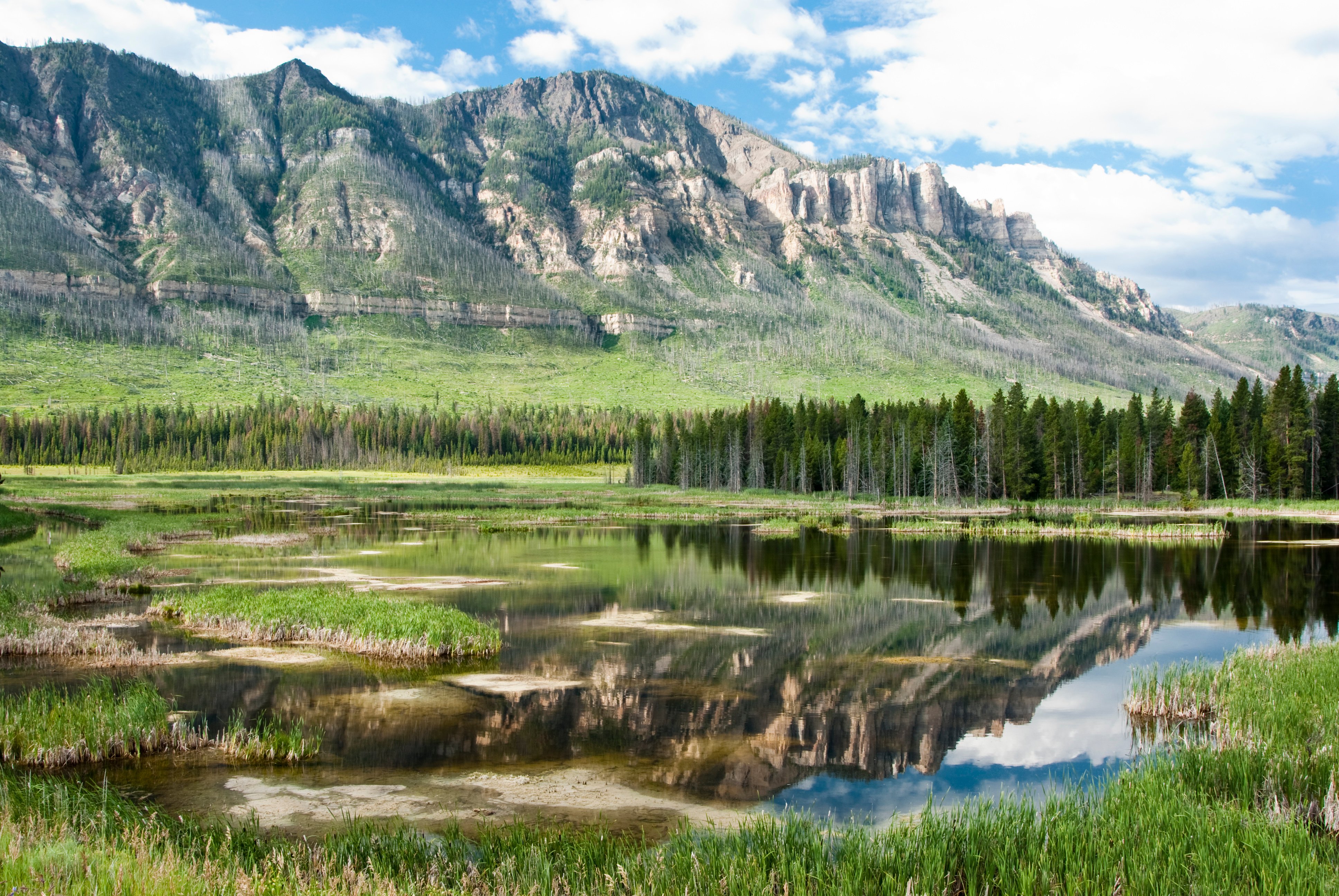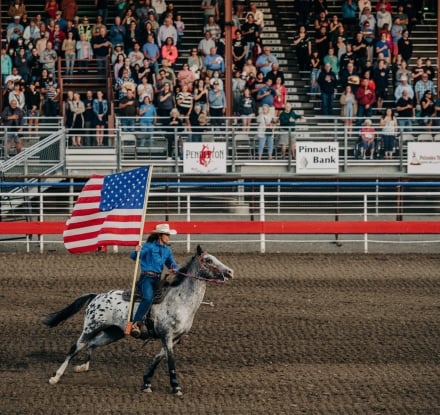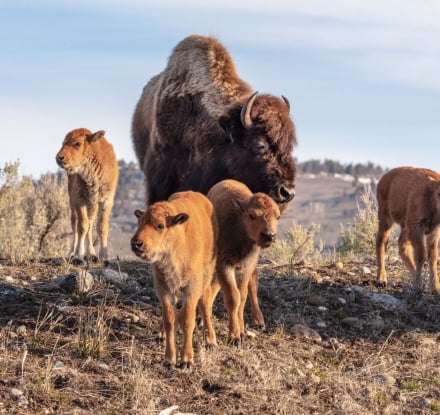
Why I Think Buffalo Bill is Buried in Cody, Not in Denver
I don’t believe in ghosts, zombies or little men on Mars unless they are pint-sized, knock politely on my door and are grateful for the fun-size chocolate bars I give them. And I suspect a good number of our legends of the American West are what my grandmother would have called “just plain scuttlebutt”.
But there is one legend that I believe is the truth. I believe that Buffalo Bill Cody is buried in an unmarked grave on Cody’s Cedar Mountain – a place revered by American Indians and locals alike – and not under tons of concrete in a suburban Denver museum.
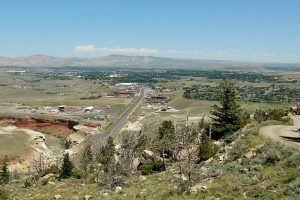
The view from Cedar Mountain overlooking Cody.
The reason I believe it is that my grandmother told me the story when I was no more than 10. She believed it because her father told her. He believed it because he was a good friend of one of Buffalo Bill’s best pals. That pal knew it was true because he was there.
Here’s the part of the story that has never been in dispute. William F. Buffalo Bill Cody died on January 10, 1917 while visiting relatives in Denver. Soon after, his wife Louisa arrived to claim his body and settle his affairs. While in Denver, Louisa was approached by representatives from the Denver Post and the city and was offered $10,000 by each entity to bury Cody in the area where they felt his grave would be a tourist attraction. (Buffalo Bill may have been a legendary showman, but he wasn’t exactly an astute financial manager. She needed the money.)
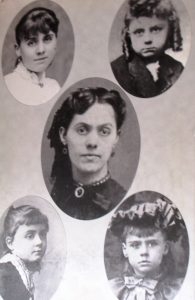
Buffalo Bill’s wife Louisa (center) and their four children.
Why did Denver want Buffalo Bill’s body? One can only guess, but perhaps the publicity from the elaborate funeral they staged sheds some light on the city’s motivation.
With Buffalo Bill’s body ensconced at Denver’s Olinger Mortuary until the spring thaw, Louisa returned to Wyoming to deliver the shocking news that Buffalo Bill would not be returning home. The news wasn’t well-received.
Here’s where the story gets really interesting.
Among the unhappiest of the enraged townspeople were the town’s undertaker and two of Buffalo Bill’s dearest friends. The threesome became increasingly incensed over the next few days, and when a local ranch hand died, the three hatched a plan to travel to Denver, switch the bodies and return to Cody to bury Buffalo Bill on Cedar Mountain as had been his wish. They trimmed the ranch hand’s beard in Buffalo Bill style and headed to Denver.
Upon arriving in Denver the three were granted permission to view Cody’s body. Later that night they snuck into the mortuary, switched bodies and left for Wyoming, where they quietly buried Buffalo Bill on Cedar Mountain overlooking the town that he had built.
The three then proceeded to convince Cody residents that they should all go to Denver to bring Buffalo Bill back, and the riled-up townsfolk readily complied. As a caravan of 100 cars full of angry, rowdy townspeople made its way to Colorado, Denver locals heard rumblings about impending trouble. So they hurriedly buried the ranch hand’s body on Lookout Mountain and for good measure, poured 20 tons of concrete on top of the casket. There would be no body snatching at that point, so townspeople returned home thinking their task was uncompleted.
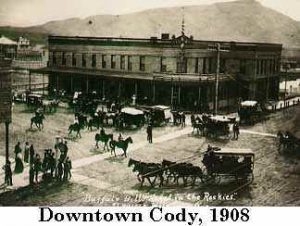
The Irma Hotel nine years before Buffalo Bill’s death.
Although I’ve never seen the exact spot where Buffalo Bill is buried, I’ve heard that it is beautiful, with an expansive view of the town. There is no gravestone, museum, gift shop or admission fee. It is peaceful. Every time I pass Cedar Mountain, I look to the top and wave, imagining that somewhere on that mountain Buffalo Bill is up there surveying the town he built. And he is at peace. Maybe I believe in ghosts after all.
Until next time, I’m lovin’ life and stocking up on chocolate bars for Halloween here in Buffalo Bill’s Cody/Yellowstone Country.


